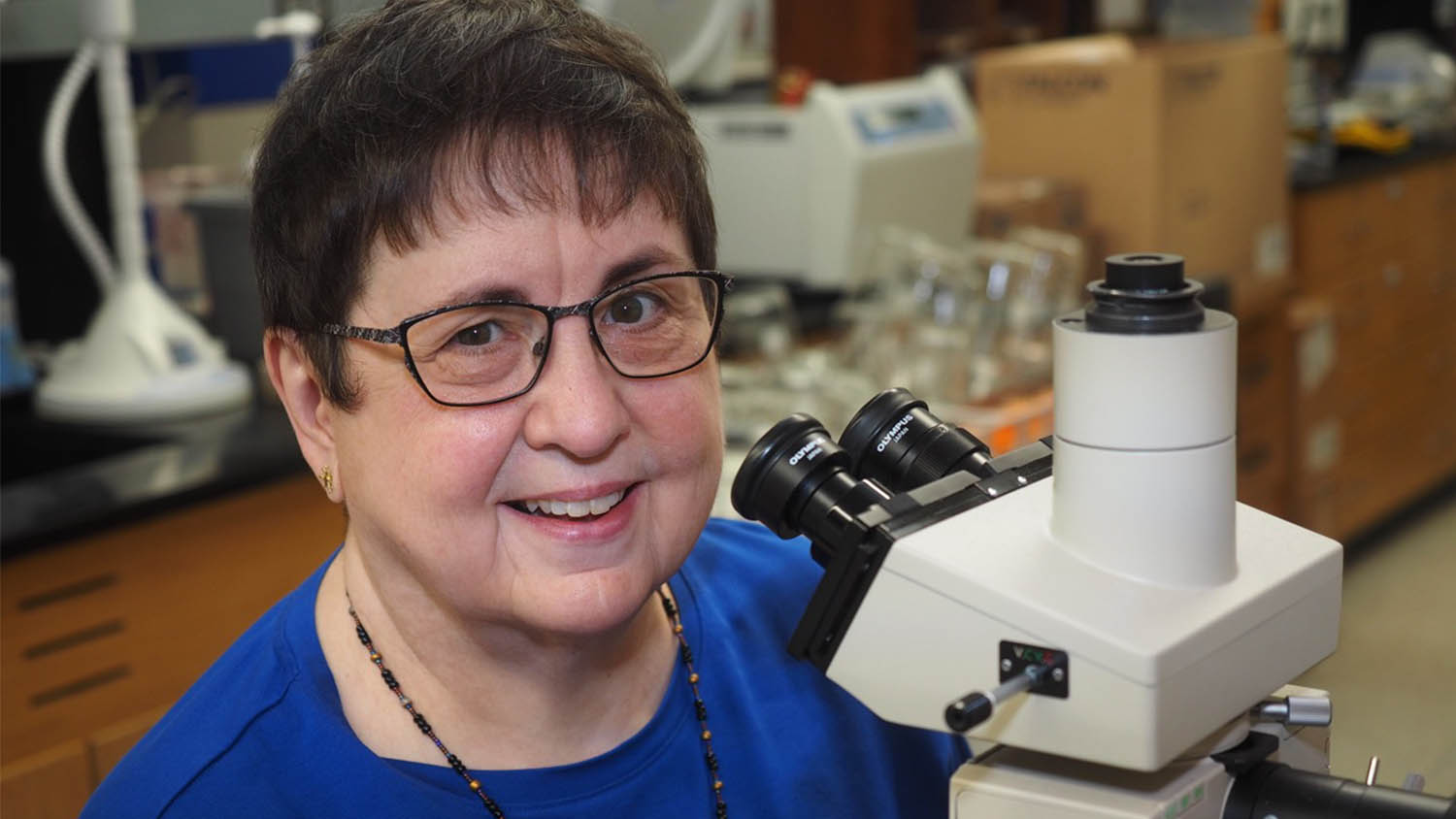
“Cotton is a fascinating plant. All of us should be amazed that we wear products fashioned from bundles of single, biodegradable cells,” said Candace Haigler, NC State cotton fiber scientist. Haigler, a jointly appointed professor in the departments of Crop and Soil Sciences and Plant and Microbial Biology, was just announced as the first recipient of the 2020 Women in Agriculture Biotechnology and Genetics Award from Cotton Incorporated.
Improving U.S. Cotton
Haigler’s lab works to improve cotton fiber qualities to benefit us as consumers, our cotton producers, and the textile industry. 95% of US-grown cotton is from upland varieties – high yielding but with structurally different and economically less valuable fiber compared to its more refined cousin Pima cotton.
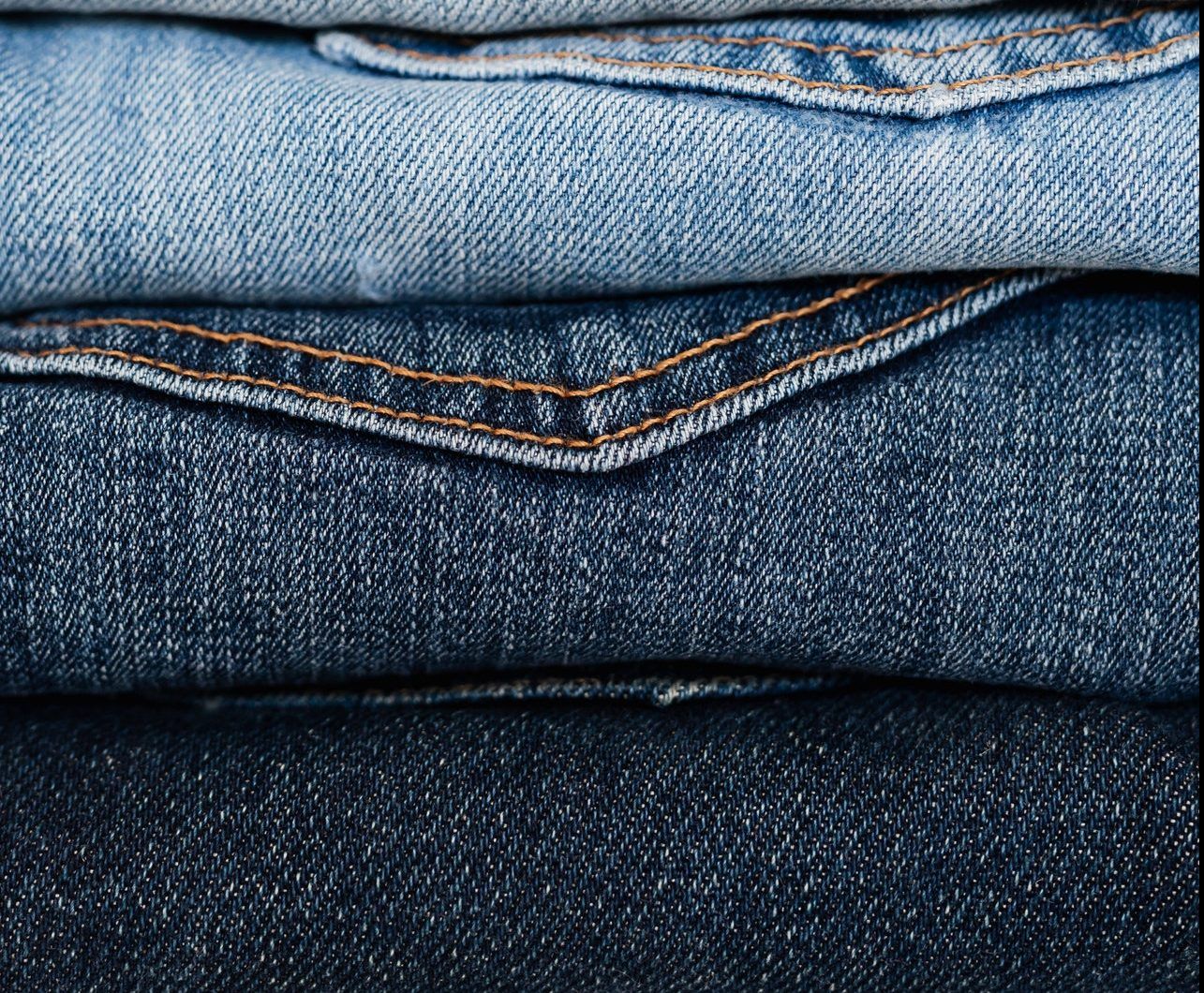
Haigler’s lab was the first to characterize two, variable long fiber types in upland cotton – one broad and the other narrow. The broad fibers are quite different than those in Pima cotton and they contribute to the lesser quality of upland cotton.
“Pima cotton’s single, narrow fiber type results in finer, stronger yarns used to make smooth and defect-free fabrics that command a higher price. Only a small percentage of the upland cotton crop is used for premium fabrics. Much of it is used to make denim, where we expect the white specs and coarse texture that arise from lower quality fibers,” Haigler said.
“We are working to identify the genes that control better cotton fiber quality and change them to increase the market value of upland cotton. We hope to provide cotton growers with high-yielding upland cotton cultivars with the premium fiber traits of Pima. It will be a delicate balance to retain the best traits of both.”
“I like to tell people that we are working to hang a Pima boll on an upland plant,” Don Jones of Cotton Incorporated said at the virtual award presentation. “It’s entirely plausible.”
Lab to Market Impact
Haigler’s lab lays the foundation for cotton improvement by probing how the fiber cell transforms itself to have useful properties. Laboratory experiments help to reveal which processes and genes are key controllers of important differences between fibers. These clues can be tested with the help of non-harmful lab strains of a cotton virus, which can be engineered to turn off particular genes. Sound like science fiction? It’s not.
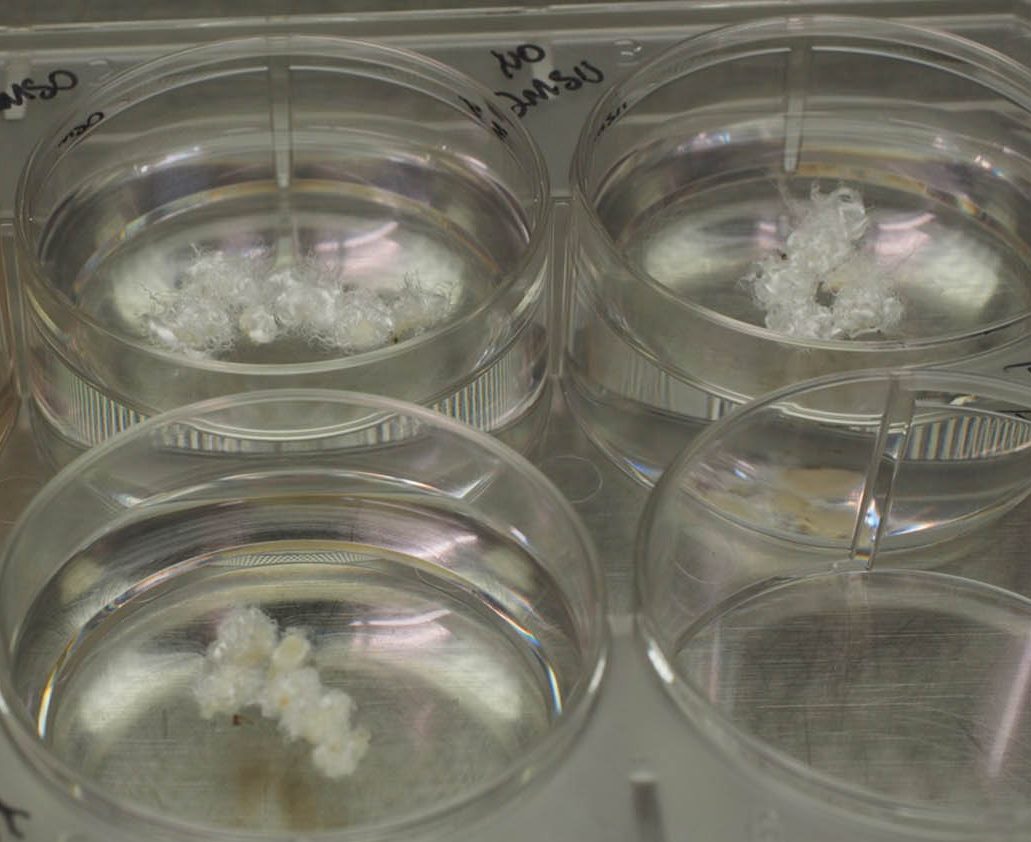
“A complex lab process helps us identify the genes controlling the preferred traits. Once we determine which genes are of greatest interest, we would use more stable methods of genome editing, like CRISPR to actually produce the improved varieties.”
The next level of targeted breeding is likely to have a surprisingly short timeline. “I’d say we could see transformative fiber improvement in the next 10 years,” Haigler said. “Currently we see new varieties introduced with increased pest-resistance and agronomic traits, all of which are important. But radical changes in fiber quality would be fundamentally important to all new upland varieties. Plant and fiber improvements would work in tandem.”
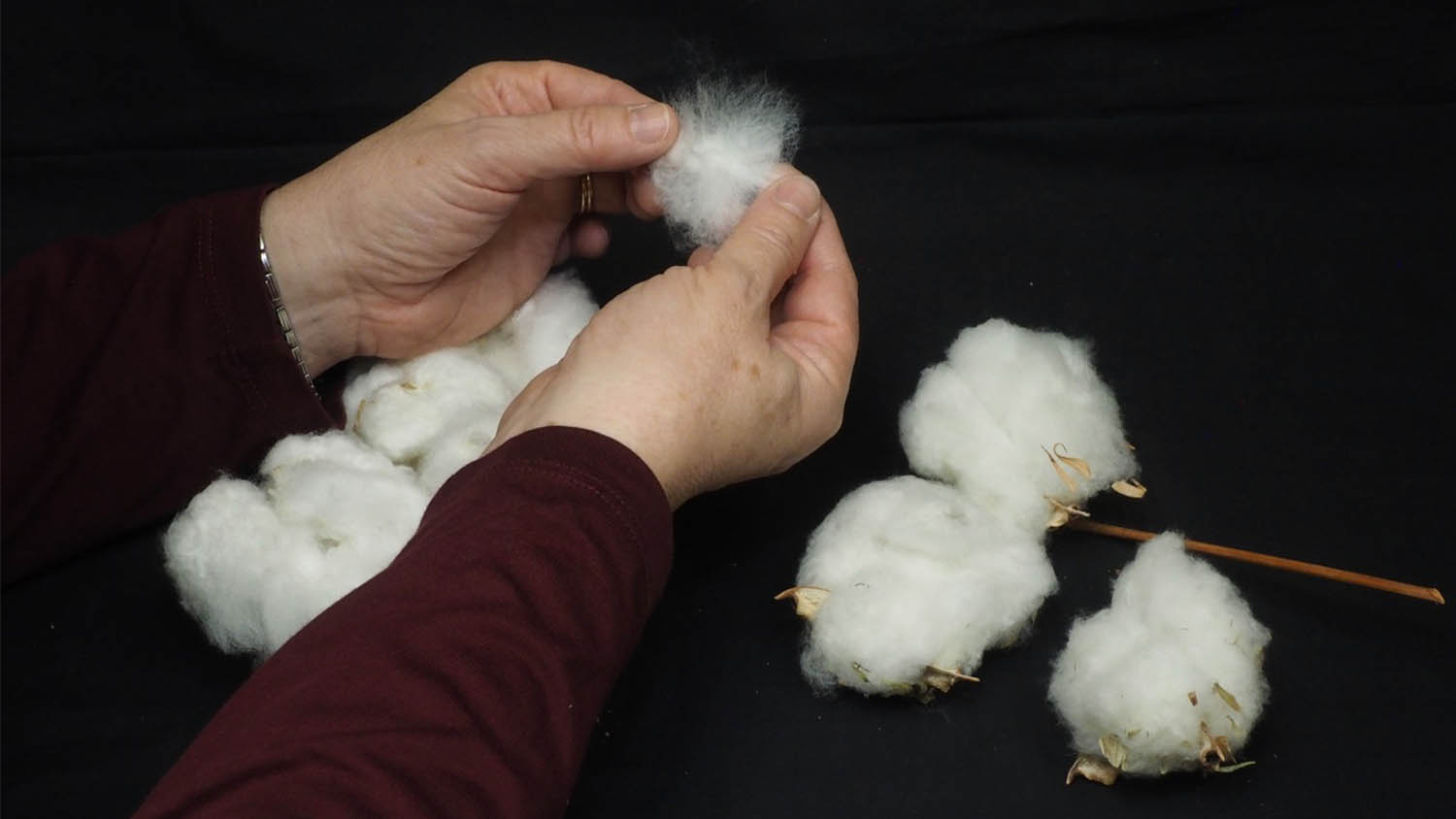
Committed to Mentorship
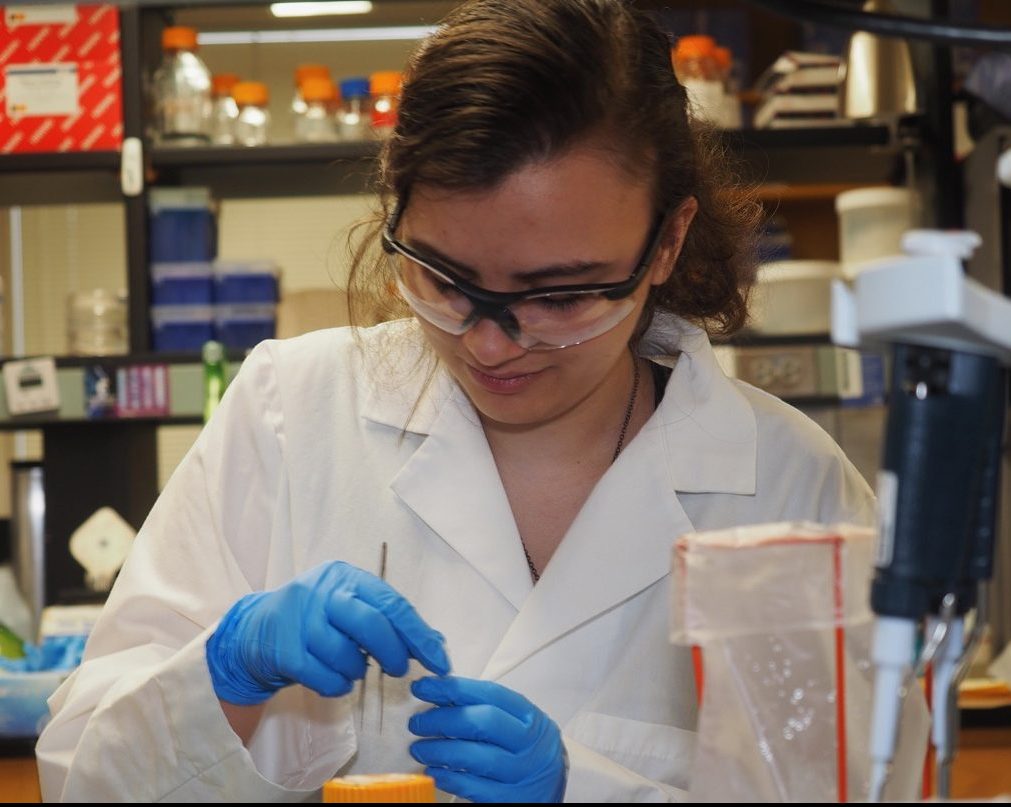
Cotton Incorporated’s award recognizes Haigler’s cellular insights but also her mentorship. In addition to graduate students and senior research associates, she regularly mentors undergraduate students in her lab.
“An early research experience was pivotal in my personal history. I come from a multi-generational North Carolina cotton farming family, but was the first to work on cotton in a lab setting,” she said. “Unless you do research you can’t understand it. You’ve got to generate data, explore multiple avenues, and experience failures as well as the excitement of discovering something truly new. Then you’ll know if you want laboratory science to shape your career.”
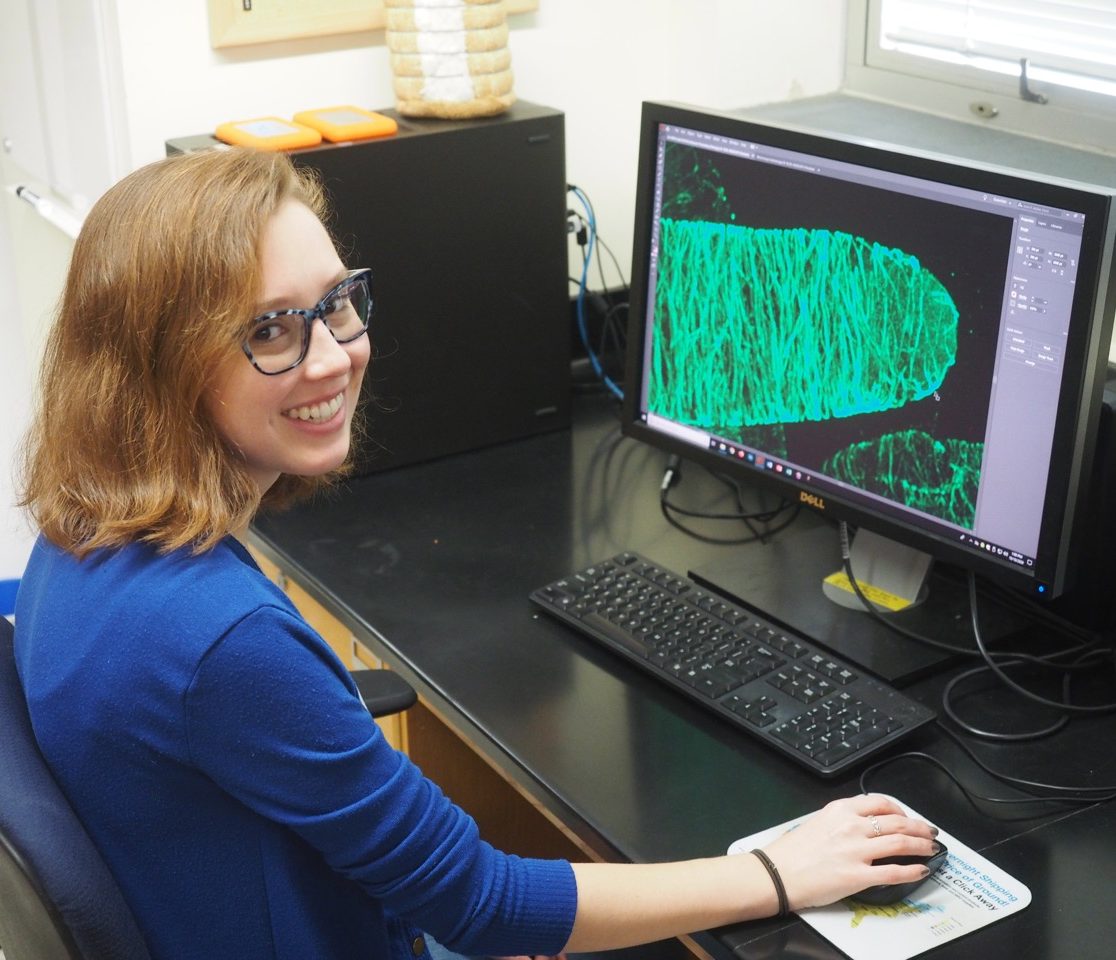
Haigler wasn’t expecting Cotton Incorporated’s award. “It’s an honor to be recognized but an even bigger honor to be the first to receive this meaningful award. I appreciate Cotton Incorporated’s support of my research and other women in this field. It’s also particularly meaningful that the concept of this award was originated by Dr. Norma Trolinder, who was a true pioneer in cotton fiber biotechnology. I look forward to many other women receiving the award in the future to continue Dr. Trolinder’s legacy.”

Want More Crop Improvement?
Crop and Soil Sciences’ research impacts farmers and students, starting from the cellular level. Watch how our innovations affect agriculture and environmental science by following our weekly newsfeed.
If you are a student interested in biotechnology or crop improvement, investigate our undergraduate and graduate degree programs. Then join us for a guided email tour of our department and university. Enhancing NC agriculture through innovation is just part of how we are growing the future.